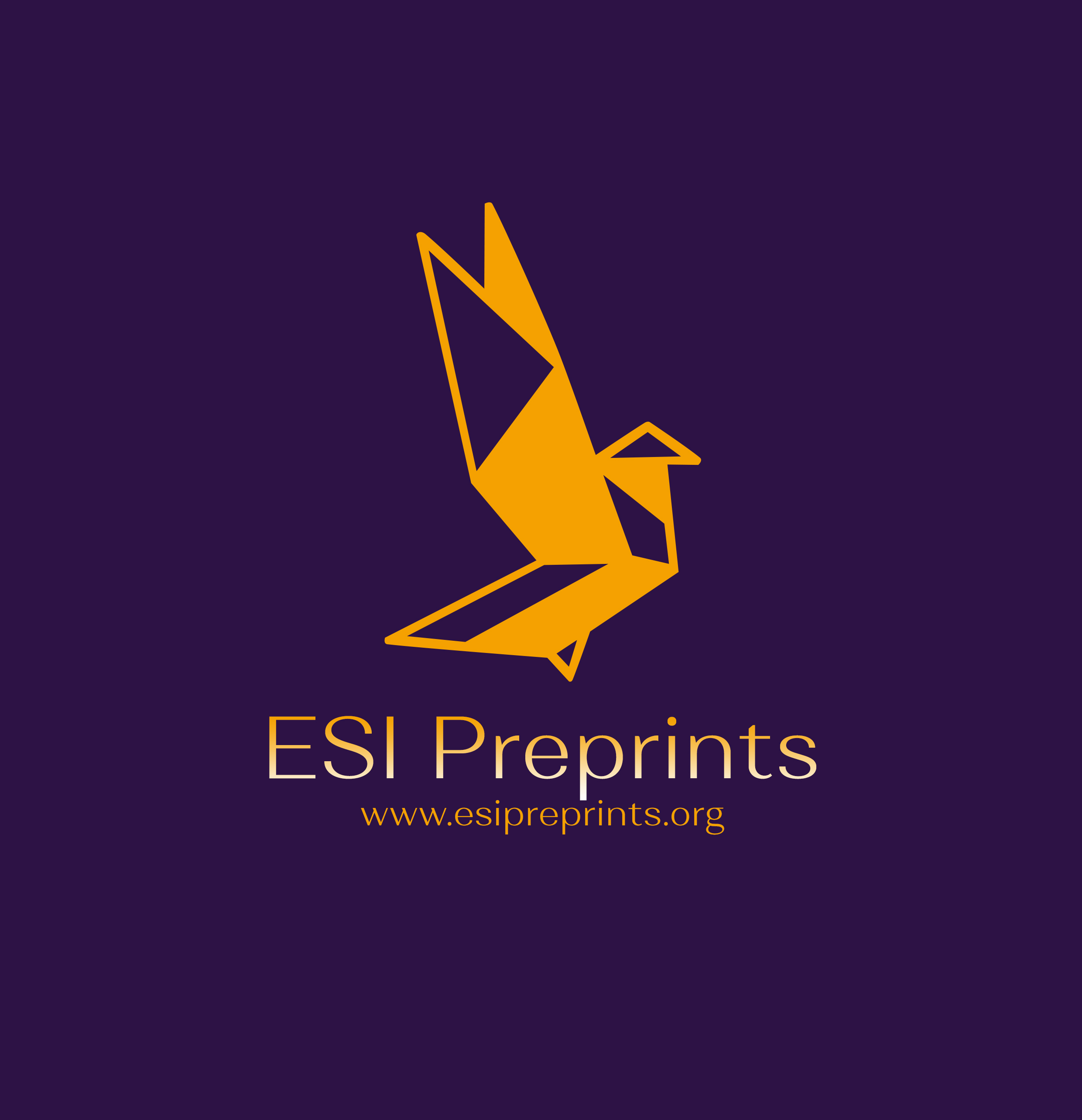Kyste du cholédoque compliqué d’une cirrhose biliaire secondaire : à propos d’un cas et revue de la littérature
Abstract
Le kyste du cholédoque est une anomalie congénitale rare de diagnostic difficile en l’absence des signes évocateurs et son évolution peut aboutir à des complications parmi lesquelles la cirrhose biliaire secondaire. Les auteurs rapportent le cas d’une fillette de 12 mois, sans antécédents médicaux notables, admise pour distension abdominale progressive depuis six mois, accompagnée de fièvre intermittente et de selles décolorées. Les examens d’imagerie initiale (échographie et tomodensitométrie) suggéraient un kyste mésentérique. Une exploration chirurgicale avait permis de diagnostiquer un volumineux kyste du cholédoque, associé à une vésicule biliaire hypotrophique et un foie d’aspect cirrhotique. Une cholécystectomie, une kystectomie partielle et une anastomose kysto-jéjunale en Y ont été réalisées. L’évolution postopératoire a été compliquée par une ascite et une éviscération, ayant nécessité une reprise chirurgicale avec drainage péritonéal. L’analyse histologique a révélé un adénome hépatocellulaire. Ce cas souligne les défis diagnostiques des kystes du cholédoque chez le nourrisson et l’importance d’un diagnostic et d’une prise en charge précoces pour prévenir les complications hépatiques sévères.
Choledochal cyst is a rare congenital anomaly that is difficult to diagnose in the absence of suggestive clinical signs. Its progression can lead to complications, including secondary biliary cirrhosis. The authors report the case of a 12-month-old girl with no significant medical history, admitted for progressive abdominal distension evolving over six months, accompanied by intermittent fever and pale stools. Initial imaging studies (ultrasound and computed tomography) suggested a mesenteric cyst. Surgical exploration revealed a large choledochal cyst, associated with a hypoplastic gallbladder and a cirrhotic-appearing liver. A cholecystectomy, partial cyst excision, and Roux-en-Y cystojejunostomy were performed. The postoperative course was complicated by ascites and evisceration, requiring reoperation with peritoneal drainage. Histological analysis revealed a hepatocellular adenoma. This case highlights the diagnostic challenges of choledochal cysts in infants and the importance of early diagnosis and management to prevent severe hepatic complications.
Downloads
Metrics
References
2. Fekete, C. N. (1995). Images de dilatation liquidienne abdomino-pelvienne chez le fœtus : Prise en charge pré et post-natale. Néonatologie, Hôpital Necker, 1–7.
3. Foura, S. (2017). Les dilatations kystiques congénitales de la voie biliaire principale chez l’enfant [Thèse de doctorat, Université Cadi Ayyad].
4. Faïk, M., Halhal, A., Oudanane, M., Housni, K., Ahalat, M., Baroudi, S., M’Jahe, A., & Tounsi, A. (1999). Dilatation kystique du cholédoque (À propos de 8 cas). Médecine du Maghreb, (75), 23-27.
5. Bouali, O. (2015). Péritonite biliaire par rupture traumatique d’un kyste du cholédoque. Archives de Pédiatrie, 22, 763–766.
6. Vergnes, P. (1995). Kystes du cholédoque. In Chirurgie hépato-biliaire de l’enfant. Monographie du Collège National de Chirurgie Pédiatrique (pp. 85–99). Sauramps Médical.
7. Branchereau, S., & Valayer, J. (2002). Malformations kystiques de la voie biliaire chez l’enfant: Dilatation congénitale de la voie biliaire principale. Traitement chirurgical. EMC - Techniques chirurgicales, Appareil digestif, 40-976, 1–10.
8. Mercadier, M., Chigot, J. P., Clot, J. P., Langlois, P., & Lansiaux, P. (1984). Caroli disease. World Journal of Surgery, 8, 22–29.
9. Bricha, M., & Dafiri, R. (2007). Une cause inhabituelle d’un abdomen aigu chez l’enfant : La rupture spontanée d’un kyste du cholédoque. Journal de Radiologie, 88, 692–693.
10. Azahouani, A., Zaari, N., El Aissaoui, F., Hida, M., Fitri, M., Benradi, L., et al. (2019). Kyste du cholédoque rompu: Revue de la littérature. The Pan African Medical Journal, 33, 276.
11. Khmekhem, R., Zitouni, H., Ben Ahmed, Y., Jlidi, S., Nouira, F., Charieg, A., et al. (2012). Surgery of cystic dilatation of the bile duct in children: Results of 16 observations. Journal de Pédiatrie et de Puériculture, 25, 199–205.
12. Harper, L., Lavrand, F., Pietrera, P., Loot, M., & Vergnes, P. (2006). Rupture spontanée d’un kyste du cholédoque chez une enfant de 11 mois. Archives de Pédiatrie, 13(2), 156–158.
13. Todani, T., Watanabe, Y., Urushihara, N., et al. (1994). Choledochal cyst, pancreatico-biliary maljunction, and cancer. Journal of Hepato-Biliary-Pancreatic Surgery, 1, 247–251.
14. Yamaguchi, M. (1980). Congenital choledochal cysts. American Journal of Surgery, 140, 653–657.
15. Chijiiwa, K., & Koga, A. (1993). Surgical management and long-term follow-up of patients with choledochal cysts. American Journal of Surgery, 165, 238–242.
Copyright (c) 2025 Amavi Folly, Solim Myriam Talboussouma, Yacoub Ahmat Salhadine, Roland Kogoe, Amivi Alice Donou, Sosso Piham Kebalo, Missoki Azanledji Boume, Gamedzi Komlatsè Akakpo-Numado

This work is licensed under a Creative Commons Attribution 4.0 International License.








